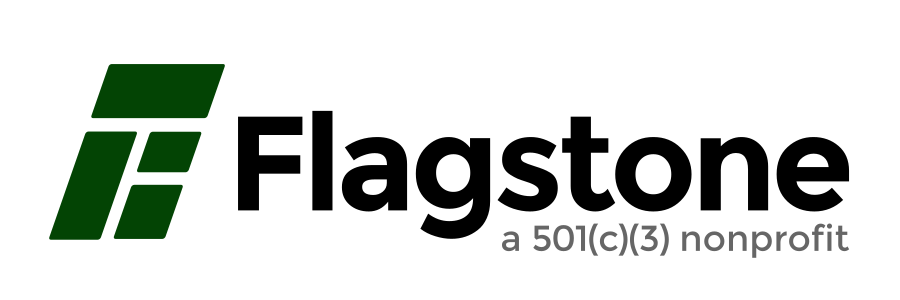Turning Attention to an Ignored Segment in Workforce Housing
Some residents are doing okay, some are in really bad shape, but the majority are struggling to stay ahead of their bills. This majority is often ignored.
Today we’re going to share the segmentation that we use to think about people’s general financial situations and give some insight into how we arrived at this segmentation. There will also be a duck analogy. There will not be a quiz at the end.
We recently conducted interviews and surveys of multi-family workforce housing residents in Oklahoma City, OK and Bessemer, AL.* We asked questions regarding their stress levels around finances and rent, and also asked about things that they’ve cut back spending on recently. We compared the results of the interviews and surveys against rent payment histories. This analysis revealed three levels of financial stability amongst the residents:**
| "Stable" | 20-25% | No difficulties on rent. No cutbacks on life essentials. |
| "Struggling" | 50% | Struggling financially, but juggling and prioritizing to make rent most of the time. |
| "Behind" | 25-30% | Not only struggling, but delinquent* 30% or more of the time. |
“Stable” is a group of residents who express “no difficulties” in paying rent and pay rent on time. This group is well-served by for-profit financial services.
On the other end of the spectrum is “Behind”, a group of residents who are delinquent 30% or more of the time. (*Delinquency defined as more than $100 in the delinquency balance at the end of the month) This group generally has very obvious financial challenges and they are likely to be receiving or targeted for government assistance.
Looking at rent payment data, the “Struggling” middle group looks a lot like the Stable group. They generally pay their rent on time, but in interviews and surveys report significant financial struggles. 75% of this group say they’ve cut back on essential items like food, medicine, and doctor’s visits in the past 3 months.
It is likely that they are juggling, cutting back on life essentials, and living paycheck to paycheck to prioritize rent and secure the roof over their heads. The unfortunate reality is that the “Struggling” group is one shock away from a much bigger crisis like losing a home.
This group’s struggles are hidden from the landlords’ attention because the landlords spend a disproportionate amount of time with residents who are actually “Behind” on rent. The government programs are also geared toward bigger crises like homelessness and people who are already way “Behind.”
As a result, their silent efforts and struggles are often ignored by the landlords and the government programs, and they seem to be fighting the difficult fight on their own. They are like the noble duck, calm and composed above the surface, but paddling like mad underneath.
These folks are the types of residents that landlords should be helping, not only because it’s a good thing to do, but it’s also an easy way to reduce delinquency, turnover, and eviction. We’ll explore this more in our next post.
Thanks for reading!
*Our analysis aggregated 250+ resident survey responses with their rental payment history for the last 24 months.
**Based on our sampling, we find our three levels of financial stability to span the “Coping” and “Vulnerable” categories of
the Financial Health Network’s FinHealth Score segmentation: Healthy/Coping/Vulnerable.
Share this post:
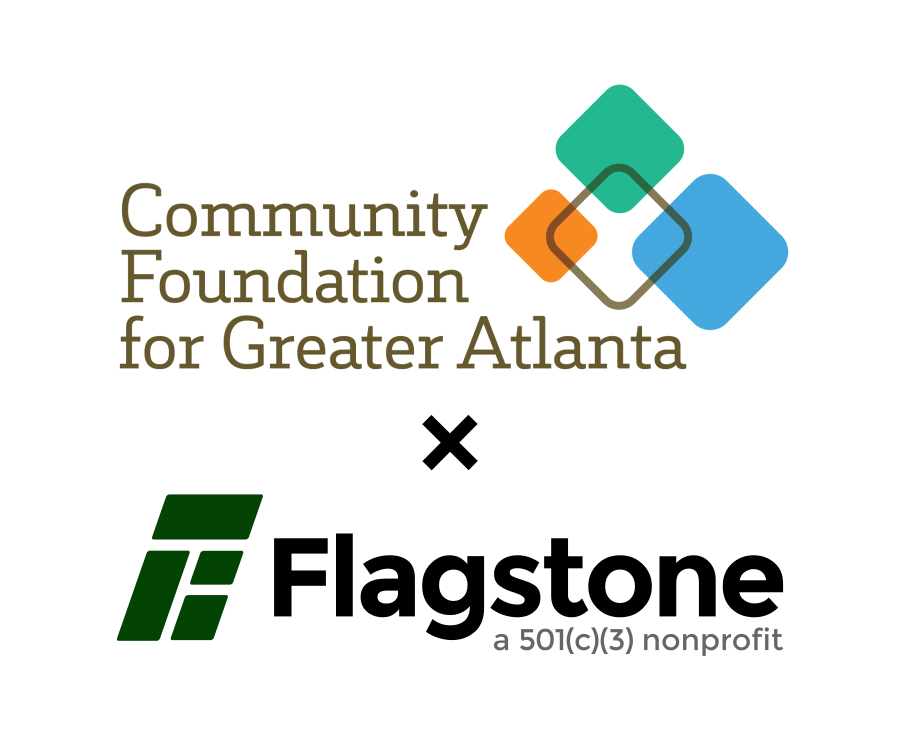
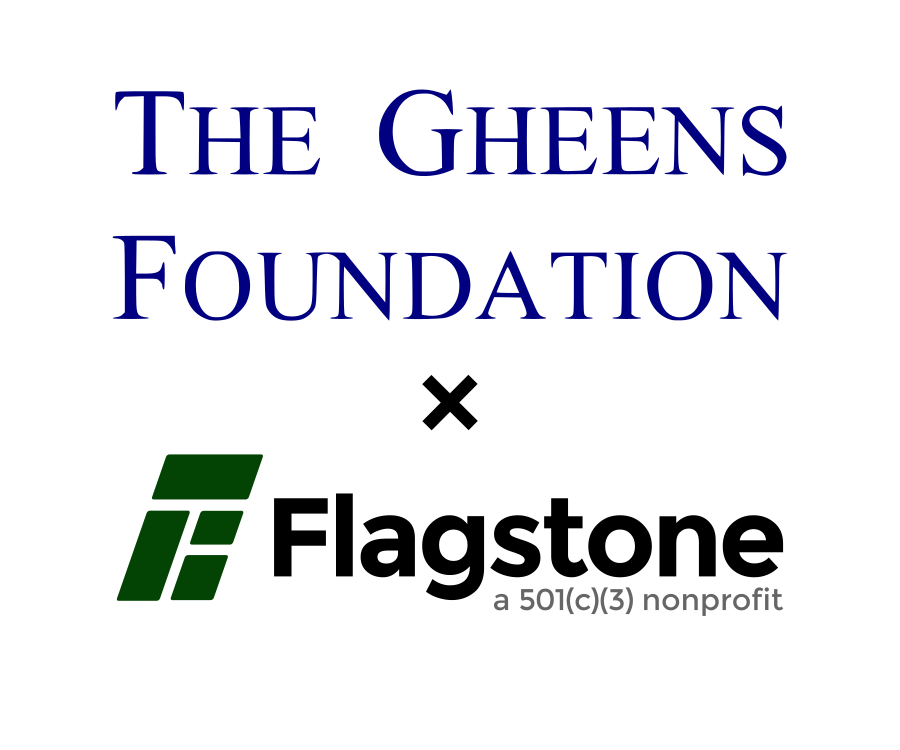






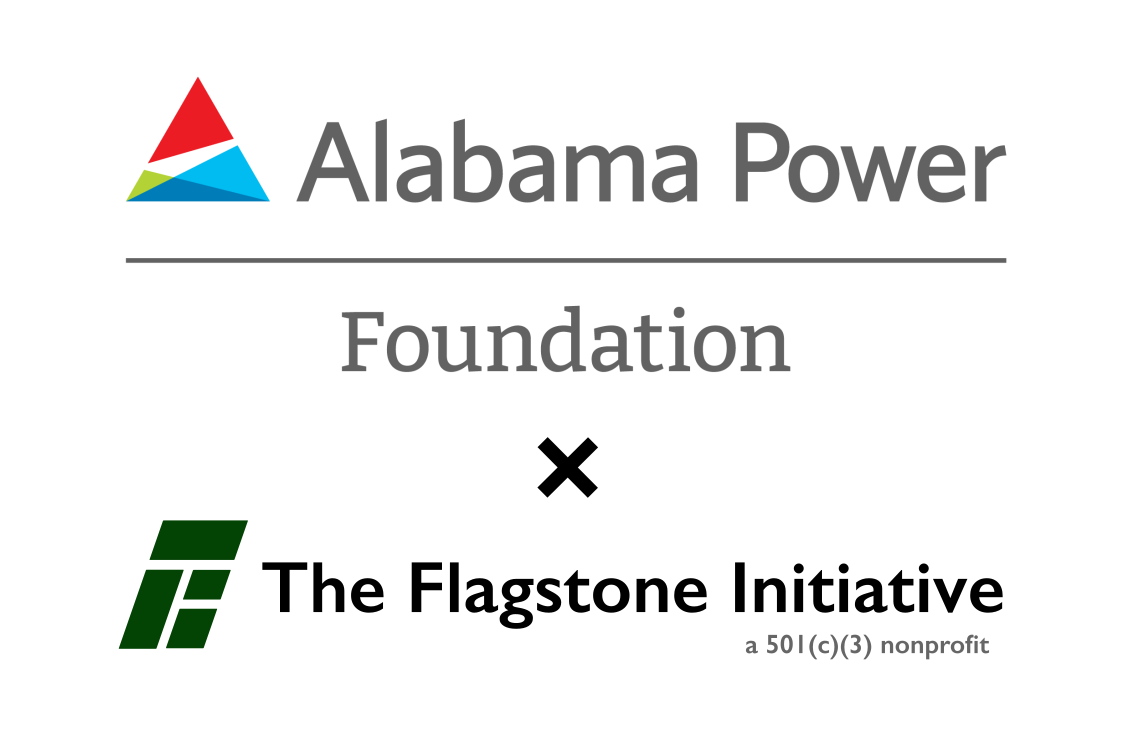
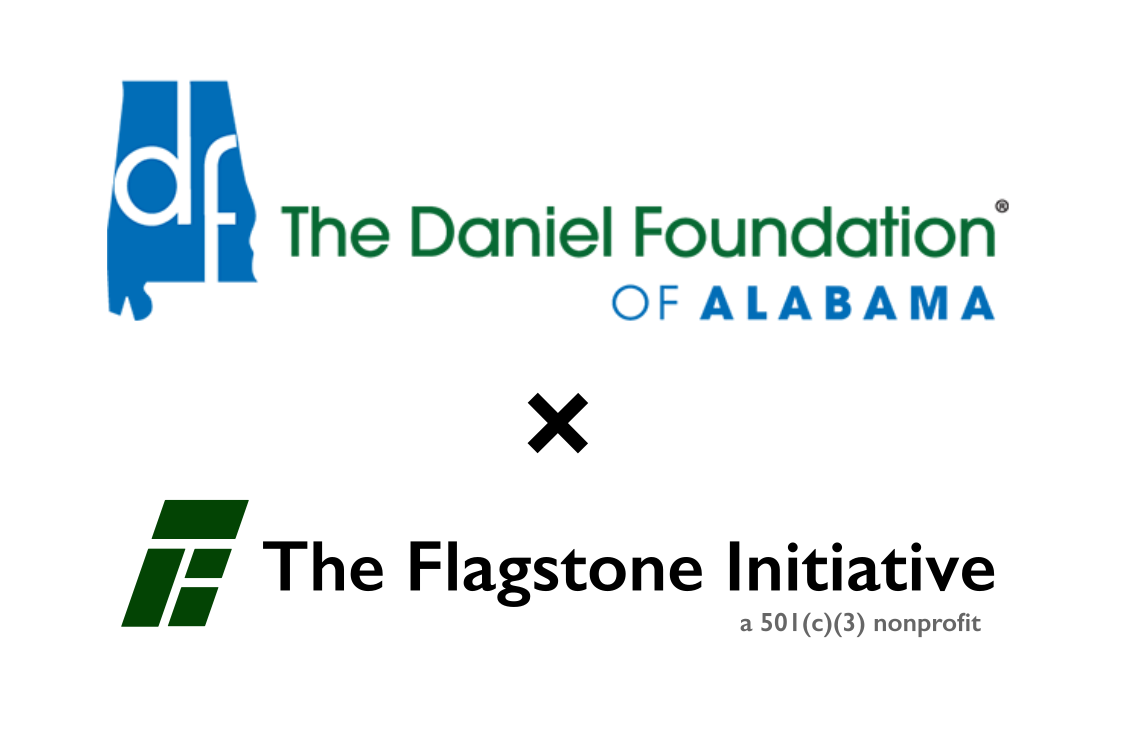
Signup to get news & insights delivered to your inbox!
